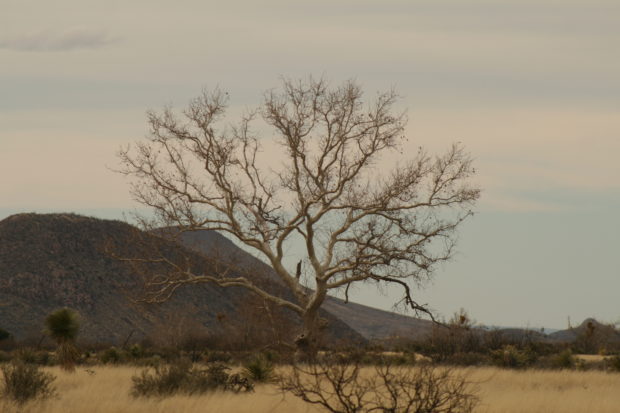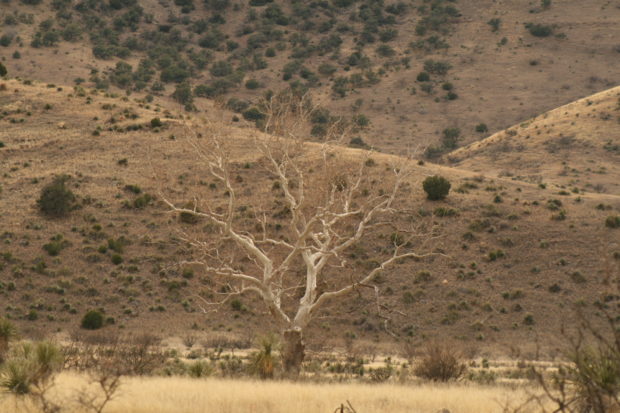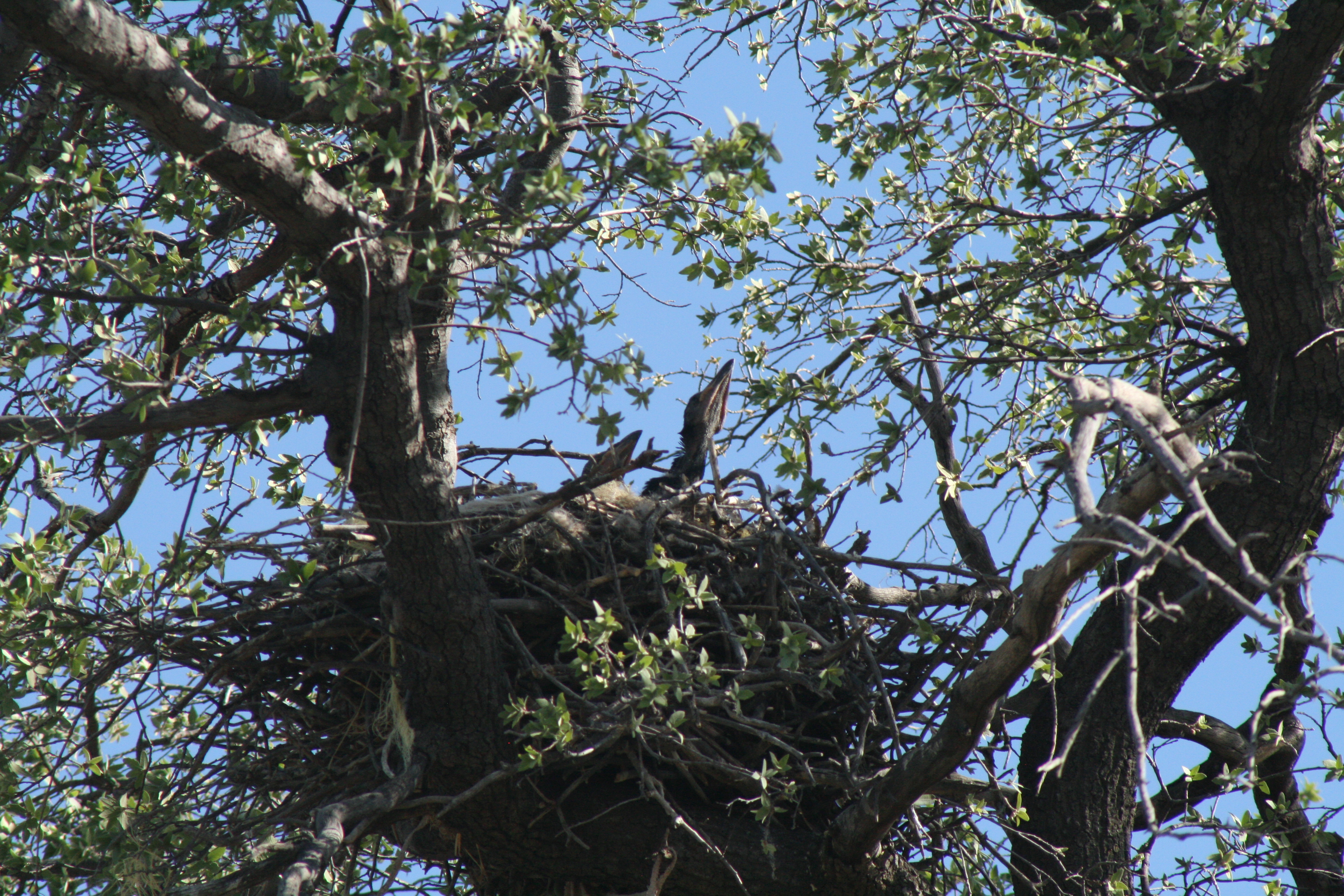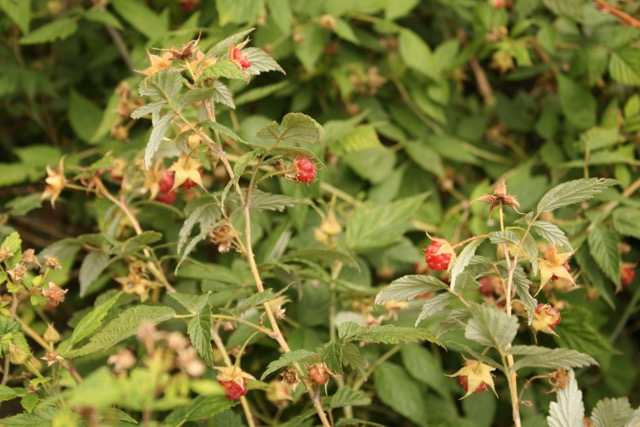What is it about sycamore trees? When I mention a sycamore or show a photo of one to someone, invariably they declare their love of the tree. Well, I’m with them, I love them too. Sometimes it’s the low branches that invite you to climb up into them, sometimes it’s the tall vertical branches reaching to the sky creating silhouettes that look like calligraphy or sometimes maybe it’s the peeling bark that exposes the white and brown trunk. Some folks say they love the smell of the tree and others say they love the huge lobed leaves or the brown spherical fruit that breaks up into fluffy seed. When I was a kid in Kentucky some of the large old sycamores along creeks were hollow inside and you could actually crawl into them. Magical. Often when you’re talking to someone about a plant they may say, “That plant likes its feet wet.” In the wild Platanus wrightii likes its feet wet, so it’s a tree of riparian habitats. If you see a sycamore out in a field some distance from a creek, it’s because that tree has roots in water at least some parts of the year. That water may be deep, but the roots are down there.  Sycamores are the genus Platanus which comes from the ancient Greek name for the tree that is botanically called Platanus orientalis. There are several species found around the world in the Northern Hemisphere and there are three species found in North America. Platanus occidentalis, the tree of my youth, is found in the eastern half of North America. Platanus racemosa is the California sycamore and Platanus wrightii is found in Arizona, New Mexico and southward into Sonora, Chihuahua and Sinaloa. Now you know. The photos are of a favorite tree near our home. It’s in an immense grass covered field with xeric plants like soap tree yuccas, palmer agaves, mesquites and cane cholla. It's magnificent!
Sycamores are the genus Platanus which comes from the ancient Greek name for the tree that is botanically called Platanus orientalis. There are several species found around the world in the Northern Hemisphere and there are three species found in North America. Platanus occidentalis, the tree of my youth, is found in the eastern half of North America. Platanus racemosa is the California sycamore and Platanus wrightii is found in Arizona, New Mexico and southward into Sonora, Chihuahua and Sinaloa. Now you know. The photos are of a favorite tree near our home. It’s in an immense grass covered field with xeric plants like soap tree yuccas, palmer agaves, mesquites and cane cholla. It's magnificent! 

There are many nations and languages found in the borderlands. The photos are mine.

The Chihuahuan ravens (Corvus cryptoleucus) in this story have returned to the same nest in the Emory oak (Quercus emoryi) for years. It has...

Raspberries are in the rose family, Rosaceae, the genus Rubus and with six species in Arizona. Five are native species and one introduced. Rubus...